Research could bolster cleaner fish immunity against bacterial disease, potentially improving sea lice control
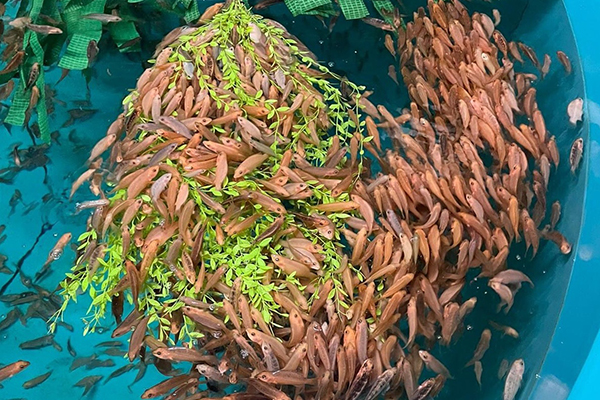
A study into the optimal formulation and delivery of vaccines to safeguard ballan wrasse from bacterial disease has received a funding boost from the Sustainable Aquaculture Innovation Centre (SAIC) to take its research to the next stage. The project could expand the use of cleaner fish to control sea lice on salmon farms.
A consortium of UK academics and aquaculture partners is exploring the best possible conditions for delivering vaccines against Aeromonas salmonicida, a bacterium that can cause potentially fatal disease outbreaks in ballan wrasse and impact their ability to treat sea lice. Led by the University of Stirling’s Institute of Aquaculture and Otter Ferry Seafish, with support from Mowi and Ceva Ridgeway Biologicals, the project has received nearly £40,000 (U.S. $50,000) and could lead to the expanded use of cleaner fish in controlling sea lice on salmon farms.
“More so than ever, we are tuned into the power of vaccines in enhancing disease prevention, and the results of the first stage of this project have taken us one step closer to safeguarding ballan wrasse against Aeromonas salmonicida,” said Andrew Desbois from the Institute of Aquaculture at the University of Stirling. “The next phase of the project involves exploring the functionality of the antibodies produced. We can then apply these findings and collaborate with vaccine manufacturers to help refine the formulation and provide better protection.”
Outcomes from the initial phase indicated that while the vaccine – designed for delivery at the hatchery stage – elicits the expected immune response to the bacterium, the antibodies produced varied depending on the strains in the vaccine.
Results also suggested that the vaccine stimulates an adaptive immune response, which enables the cleaner fish to recognize the characteristics of the bacteria and react fast if they encounter it again, preventing future infections.
Phase two of the project aims to ensure the vaccine formulation protects against the main circulating strains, which can change over time, much like a seasonal human flu. It will also examine the function of the antibodies in a laboratory setting to see how they improve the strength of protection against the disease.
The research team previously determined the optimal timing and method for administering the vaccine, which involves immersion followed by a booster injection before the ballan wrasse are deployed to the salmon farms.
“Fish health and welfare is an ongoing focus for the sector, so we are pleased to extend our commitment to this collaborative project and help the valuable research to progress,” said Heather Jones, CEO at SAIC. “Formulating a vaccine that enhances wrasse health protection will ultimately support the use of this sustainable sea lice treatment which could unlock further economic growth for the wider aquaculture sector.”
Now that you've reached the end of the article ...
… please consider supporting GSA’s mission to advance responsible seafood practices through education, advocacy and third-party assurances. The Advocate aims to document the evolution of responsible seafood practices and share the expansive knowledge of our vast network of contributors.
By becoming a Global Seafood Alliance member, you’re ensuring that all of the pre-competitive work we do through member benefits, resources and events can continue. Individual membership costs just $50 a year.
Not a GSA member? Join us.
Author
-
Responsible Seafood Advocate
[103,114,111,46,100,111,111,102,97,101,115,108,97,98,111,108,103,64,114,111,116,105,100,101]
Tagged With
Related Posts
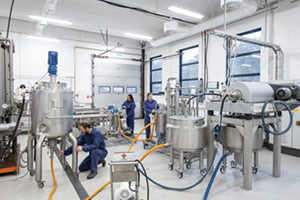
Aquafeeds
Nofima identifies optimal feed components for the sea lice cleaner fish ballan wrasse
A Nofima study has identified key feed components for ballan wrasse, a sea lice cleaner fish important to Norway's salmon industry.
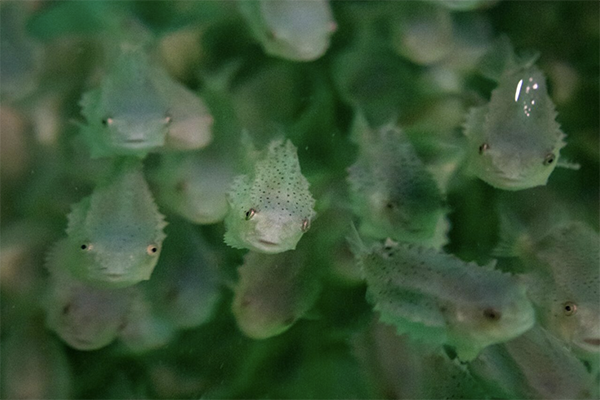
Innovation & Investment
Could new technology transform how salmon farming combats sea lice?
Sea lice plague salmon farms globally, but scientists and aquaculture are turning to technology to prevent and manage the pests.
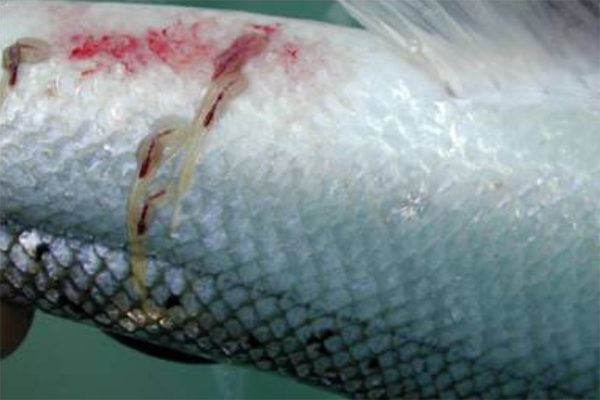
Health & Welfare
Scientists are developing a new ‘groundbreaking’ oral vaccine for sea lice in farmed Atlantic salmon
A new oral vaccine using reverse vaccinology and artificial intelligence may help with sea lice challenges faced by the aquaculture industry.
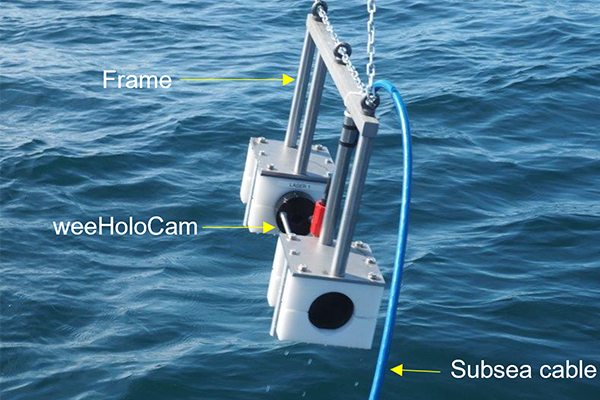
Intelligence
Could holographic cameras and AI technology lead to an early warning system for sea lice in the ocean?
Researchers are exploring the use of underwater holographic cameras and artificial intelligence technology to identify sea lice in the ocean.



